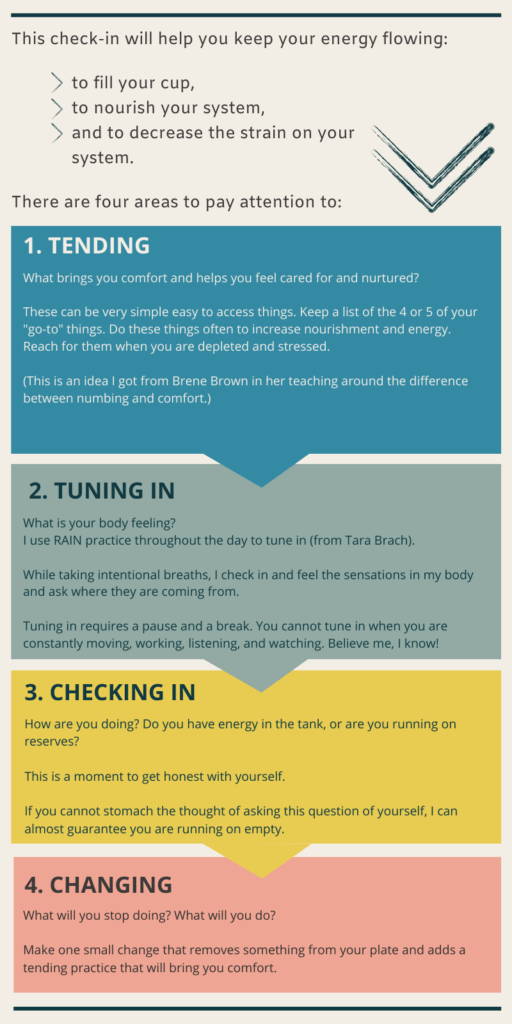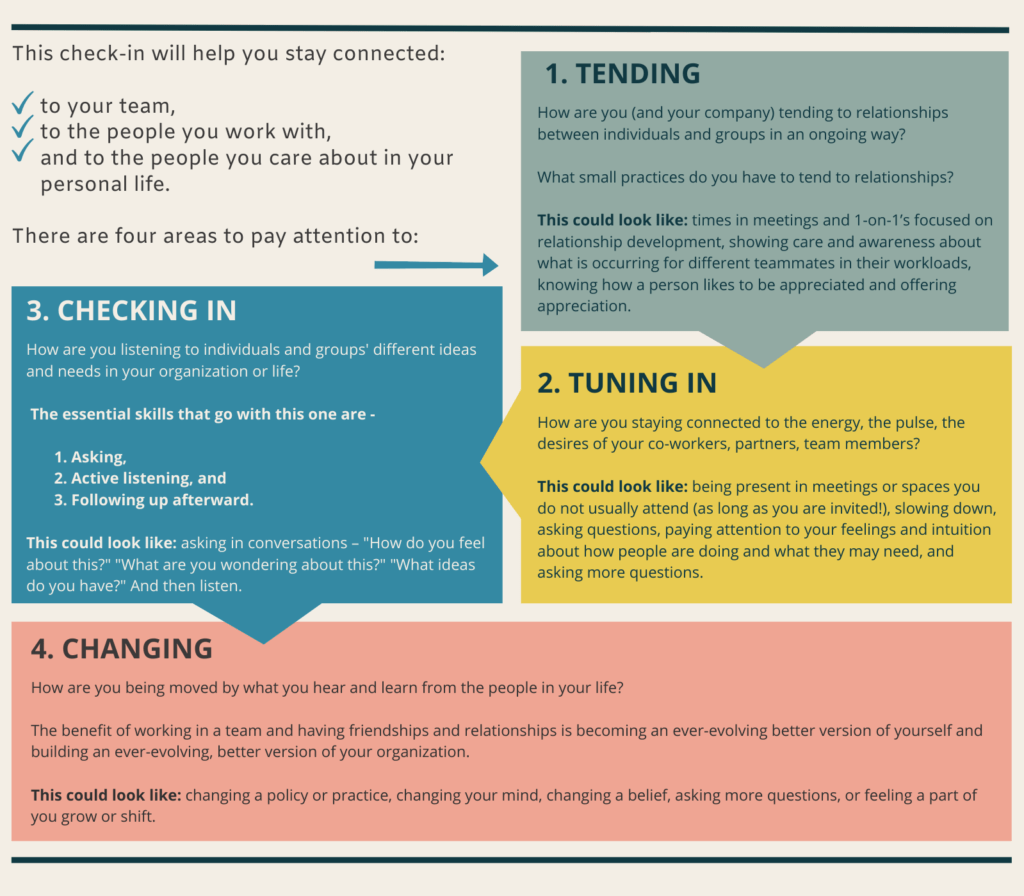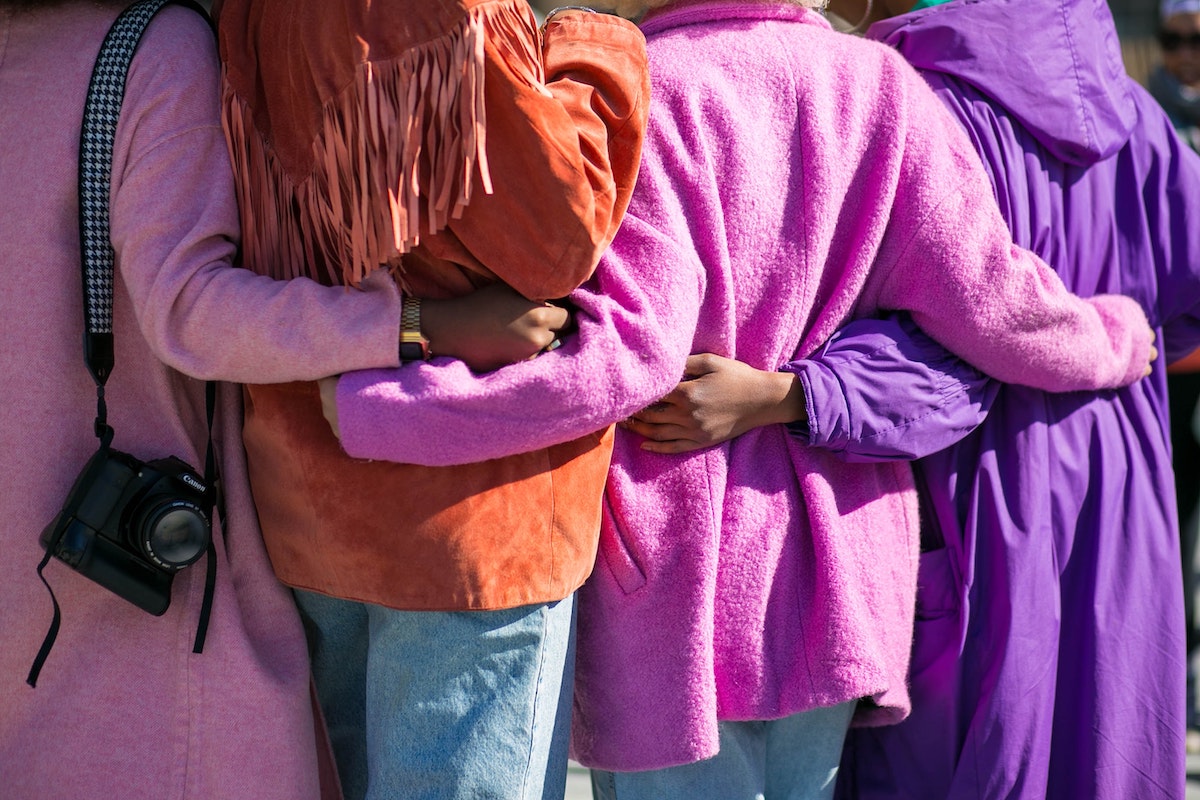A while ago, I was on a call with Milagros Phillips that continues to reverberate in my body. (I have mentioned her work before – check out her work here.) Milagros was commenting on how different the calls she is leading about racial healing are at the end of 2021 compared to a year ago. A year ago, her zoom calls were packed. Each conversation had multiple screens of black, brown, and white faces, all tuning in to listen, learn, and talk about race and racism in the USA and our world.
The call I tuned in to at the end of September (in response to the violence against Haitian refugees at the border) was a single screen of faces.
Milagros Phillips said, “We must remain awake.”
She reminded us that the most significant social change will come when a large group of us stays awake, continuing to recognize what is wrong and unjust in the world, and then speaks about it and takes action to increase justice.
At the beginning of this new year – that perhaps does not feel so new.
I offer this as a reminder for all of us – to remain awake.
I am not suggesting this from a place of punishment or to call any of us out.
Instead, as you read this, see how you can ask yourself with kindness, “How am I remaining awake to the issues in our world that I want to improve?”
How do we stay awake in the fight against racism? How do we stay awake in response to climate change? How do we stay awake in support of LGBTQ+ rights? How do we stay awake in support of our team’s and our community’s mental health and well-being? How do we stay awake in support of workplace rights?
Add your own question here: How do I stay awake… ?
We need to remain awake to build a loving and just world.
What does this mean – “to stay awake”?
For me, it means that I do not shut out the real stories and experiences of people and the natural world. I hear them, and I listen, and I get curious. I let myself feel emotions.
And when I can, I name what I am seeing. I talk about it with others.
And I act by – changing my behavior, talking with others, voting, changing policies, organizing, building a different kind of business, donating money, volunteering.
But if I am honest with you. I get tired. The days here are short, and the rain (and snow) is setting in.
The news continues to show stories of systems built explicitly to cut groups off from their rights and humans carrying out acts of horror against other humans from a place of rage or numbness.
We have been in a pandemic for almost two years. I, and countless others, have had people they love dearly die.
People are drudging through their days. Families are still caring for small children while working.
How do you remain awake when you are tired?
Perhaps you are very awake.
Perhaps you live within identities and communities where you are reminded of injustices often. Maybe you were born with a heart and fire that does not let you stop seeing, naming, and acting to create an equitable world.
And if this is you, perhaps you still find yourself in the quiet moments, tired.
How do you rest while not falling into a state of numbness?
I do not have all these answers.
I am continuing to ask myself these questions.
Honestly, my first step is still to remind myself that staying awake is essential for us as humans to build a more loving and just world. I am grateful to Milagros Phillips for her fervent reminder – we must find ways to stay awake.
For me, I need to find ways to stay awake that are not dogmatic and perfectionistic. I have tried ways of staying in change-making work over the years bound by rigid rules, and I find myself becoming judgmental, burning bridges, and then burning out. However, if I become too gentle and focused on self-acceptance without fire and push, I slide back into a state of “self-care” that indulges my whiteness and other privileged positions. I need a balance of commitment, accountability, and care for my own well-being.
Here are a few tools that are supporting me to stay awake and support more love and justice:
- Time alone to feel emotions and reflect (walks alone, meditation, movement)
- Being mindful of what I listen to and what information I take in (listening to diverse experiences in my podcasts, reading and listening to sources of news that fact check & give multiple perspectives)
- Bringing up what I am seeing and noticing and feeling in conversations
- Asking questions about what others see, know, and feel in conversations, and then trying to listen
- Make my learnings and the change I want in the world reflected in the daily work I do (how I facilitate, whom I work with, how I build out projects)
- Connect and reconnect with the relationships in my life that are not insular (i.e., humans outside of my direct community, diverse because of parental status, profession, race, ethnicity, home country, etc.)
- Take action with my feet, with my money, with my vote, with my voice, with the power and privileges I do have. (Here is a list of actions around racial justice.)
- Practice rest and reflection that brings rejuvenation, and not numbing (for me, this is dance, walking, books, baths. Here is a list you can draw on.
Most importantly, I recognize when I am numbing out and disconnecting from the injustices and calls of the world and of my friends, family, and work team. And invite me back into the human family. I remind myself that I am strong enough to listen to the stories of loved ones and strangers who are experiencing suffering. I remind myself that I can act to be a part of the solution. And I am not alone, I am connected to imaginative, creative human beings fighting for a more just, loving world.
I am glad to be with you, a fellow creative human working toward a more caring, just world.
How are you caring for yourself when you are tired?
How are you remaining awake?
Resources to “stay awake” (also take care & rest):



![How to bring in joy & intention when building partnerships [Leaders Creating Change Series]](https://www.annievonessen.com/wp2015/wp-content/uploads/2023/02/xuke123-_JdB2UenEbA-unsplash-scaled.jpg)













